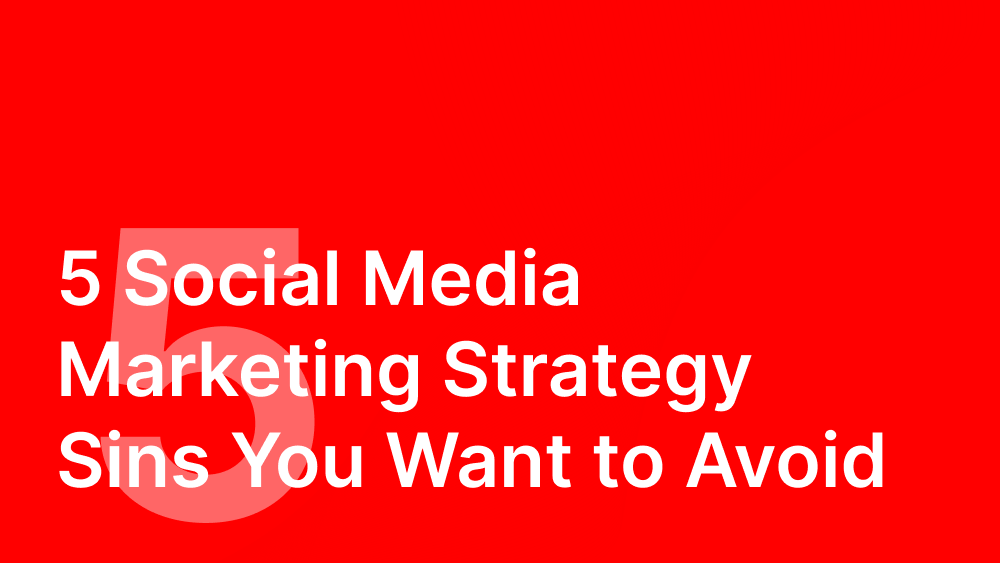For the compliance departments of many financial services firms, social media is their worst nightmare, and not without justification.
Over the years there have been a plethora of horror stories in which companies got it wrong. From a US Air Force tweet making light of drone attacks whilst referring to an internet meme, to McDonalds posting an incomplete Twitter message (placeholder text) about Black Friday deals that simply read: “Black Friday ***need copy and link****,” it seems that every other day, one company or another is saying the wrong thing at the wrong time.
However, the potential upside of leveraging social media far outweighs the risks. By utilising social media, you can become the architect of your buyer’s online journey. It is one of marketers’ most powerful tools. It can be used as a direct channel of communication with your clients and prospects and should be a main driver of traffic to your website. Social media also has a part to play in controlling and optimising your Google Page One. The importance of this function can’t be overstated given that your Google Page One is your company’s online corporate brochure and the single most important aspect of your brand’s reputation.
So, we’ve established that you should have it, but once you have it, it’s important that you use it in the right way. As a starting point you need to know what NOT to do.
Sin 1: Pushing product instead of culture

Perception of your company’s culture has a huge influence on consumer behaviour. When consumers think about BlackRock, Vanguard or J.P. Morgan they don’t think about specific funds or investment products, they think about the brand itself. Companies should be posting educational content and content that focuses on culture, rather than bland information about products and services. People want to learn and they want to know what makes a company tick – its culture, its values. Aside from this, promoting financial products and services is heavily regulated, and so should be avoided.
Sin 2: Not sticking to brand guidelines

Messaging and branding are the essential first steps for any company when it comes to marketing. First you need to get your key messages straight. Decide what you want to say to your audience and say it. Then you need to work out the look and feel of your company – what is it that makes you distinctive? The most successful companies in the world are easily recognisable wherever you are. That’s because they have brand guidelines and stick to them.
Sin 3: Not knowing your audience

Knowledge of your audience is critical. You need to know which platforms they are on (for finance LinkedIn will most likely be your main platform), how they like to consume content (infographics, podcasts, videos, blogs etc.) and what their interests are (what is your unique perspective on current topics of interest in the space).
Sin 4: Posting generic content

There are still plenty of firms that just post or repost industry news, or stock/shares updates. This means their feed is simply a news aggregator. That’s not what social media is about. Firms need to produce content that provides a unique perspective, aimed specifically at answering the hot button issues of their target audience, or content which provides a meaningful insight into their ethos as a company.
Sin 5: Ignoring the format

It’s okay to repurpose content for different platforms; however, you must have visuals that fit the format of the platform you are using. For instance, videos/images should be resized into a square format before posting on Instagram. In the same way you may want to use longer captions and more text on images for LinkedIn, whereas on Instagram you might want to design a visual that speaks for itself. This goes for the type of content you post as well. Thought leadership may be better suited to LinkedIn or Twitter, and content related to philanthropy or events could work better on Facebook or Instagram, depending on your audience.
If you don’t commit these five sins, your time on social media will be blessed, and you will stay on the right side of your compliance department!
For tips on how to improve your social media presence, read our ‘Guide to Social Media Effectiveness’.


